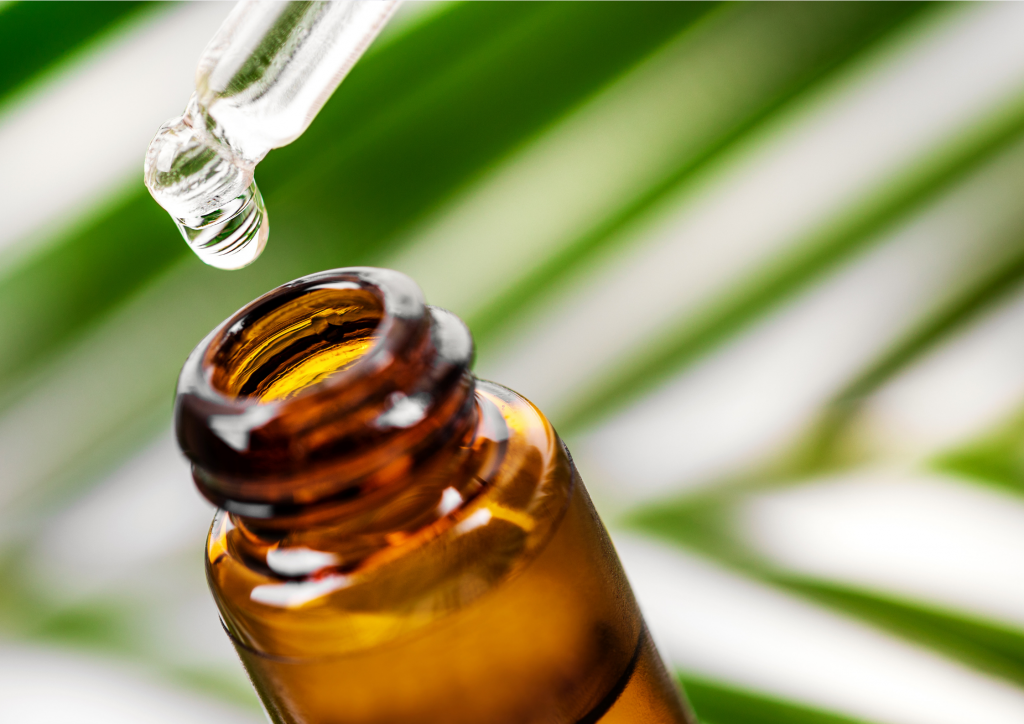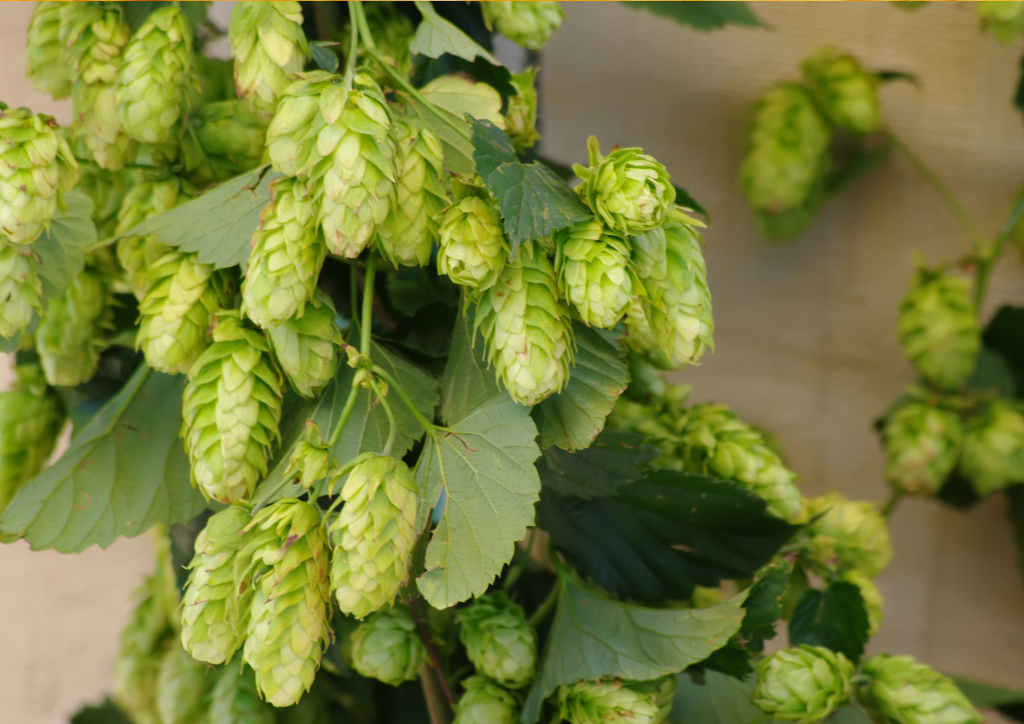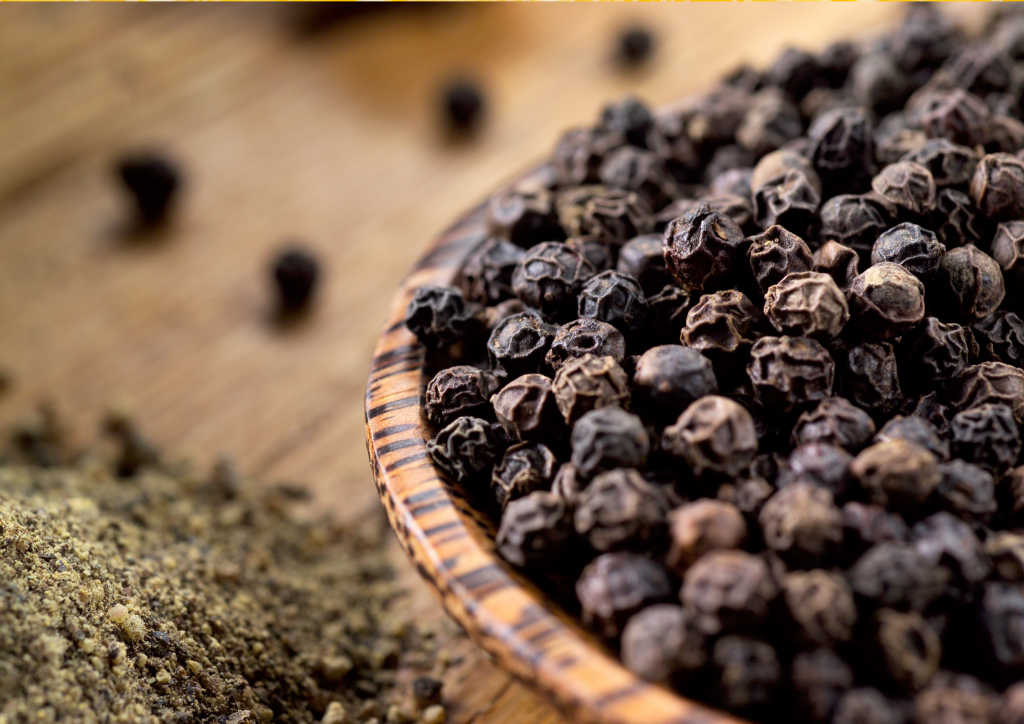A frequently asked question we receive at CDA Clinics is ‘What are terpenes?’. Terpenoids or terpenes are aromatic compounds that are found in many plants. Terpenes are key to the flavour and smell of plants and they play an essential role in many alternative medicines.
What are terpenes?
Terpenes are high aromatic compounds that determine the flavour and smells of many herbs and plants such as lavender and rosemary. Terpenes also play a vital role in plants. In some plants, the terpenes ward off pathogens, predators, and even competitors of the organism they thrive in.
There is a wide range of terpenes in nature, but only a tiny percentage of them have been investigated.
As of today, terpenes are one of the most researched topics medically. It is no surprise that terpenes are included among the most medically sourced flora like tea, thyme, Spanish sage, and citrus fruits [2].
How do terpenes work?
Most terpenes are bioactive. This means they are capable of demonstrating favourable properties such as antioxidant effect, induction or inhibition of enzymes, inhibition of receptor activities, and inhibition and induction of gene expression. Terpenes are also capable of modulating metabolic processes. The International Journal of Neuroscience suggests that terpenes’ effects can be described in two ways: psychological or pharmacological [3].
Psychological effect:
The psychological effect of terpenes is regarded as a person’s perceptions, emotions and so on. Terpenes are primarily fragrant oils, which naturally appeal to our sense of smell. A certain scent may have a domino effect on moods, emotions and so on.
Pharmacological effect:
The pharmacological effect of terpenes translates to the physical aspect of the human body. E.g. Terpenes can interact with the endocrine system (produces hormones) and with the nervous system.
Do terpenes affect people?

A lot of terpenes are bioactive, which means that they could potentially affect the body. The effect will vary based on how the person uses it and the concentration of the terpene itself.
Because terpenes produce vibrant smells, they are an integral part of many alternative therapies and form the basis of many essential oils. Inhaling the scents from certain essential oils and plants may affect a person’s stress levels and mood.
There is a plethora of medical research on isolated terpenes themselves, and some may even make their way into medical use. One study found that terpenes have demonstrated effects on the body and could even serve as a potential alternative therapy for some.[i]
Types of terpenes and their benefits
The effect and medicinal benefits of terpenes vary depending on the type of terpenes used, concentration, and manner of administration.
Below are some of the most common terpenes found in different types of plants:
Limonene

Limonene is a common terpene that is easily recognised by its scent. Limonene is the citrusy smell found in the rinds of oranges and lemons.
Limonene modulates the way certain immune cells behave, which may protect the body from certain disorders.
Linalool

Linalool is most rich in the lavender plant and gives the flower its powerful scent.
Linalool appears to act on the body, however, more research is required to understand its effects and how it can be used for a person’s health.
Humulene

Humulene is a key component of the hop plant. Other plants, such as ginger and clove, also contain it.
A study noted that terpenes, including humulene, may have the potential for the prevention of asthma and allergic reaction. In animal models, humulene reduced allergic inflammation in the airways. Humulene may potentially be a helpful compound for natural asthma treatment in the future.
Myrcene

Myrcene is commonly found in plants such as mangos, lemongrass, thyme, flowers and hops.
Myrcene is a powerful antioxidant. A study conducted on mice concluded that myrcene could help protect the brain from oxidative damage following a stroke, however, more research is required. It is also important to bear in mind that these studies used very high concentrations of myrcene, up to 200 milligrams (mg) per kilogram (kg) (mg/kg) of weight.
Beta-caryophyllene

Beta-caryophyllene exists in many vegetables and herbs, such as black pepper and cloves.
Similarly, to other terpenes, beta-caryophyllene may have an anti-inflammatory effect on the body that could reduce pain levels in some people.
Other terpenes
The terpenes mentioned above are among the most common terpenes that people are likely to come across. Over 25,000 different types of terpenes have been identified in nature.
Link Between Terpenes and Cannabinoids
Cannabinoids and terpenes share the same basic molecules, which means that they have similar construction and applications. For instance, they both interact with neurotransmitter receptors in order to create a variety of physical responses.
One of the most important factors in terpenes’ potency is what scientists refer to as the entourage effect — this refers to the combined impact of a plant’s terpenes, cannabinoids, and other chemical compounds.
It’s typical for a plant’s terpene levels to alter as the plant ages and/or dries. Although the terpene concentration can increase as the plant decays, it is typical for it to decrease, which is why dried herbs tend to lose their smell after a while.
Summary
Terpenes are the compounds responsible for the way most plants smell and they are found in many other fruits, plants and herbs.
In some cases, smelling ingesting terpene-rich plants, specific essential oils, or spending time in areas with high terpene content may provide some health benefits to humans.
Researchers must continue to study terpenes to understand their potential medicinal uses fully.
Disclaimer: This is not intended to be used as medical advice or a substitute for your own practitioner’s advice, nor is it intended to be used for diagnosis or treatment for any illness/disease. CDA Clinics & associated parties are not liable for any injury, loss or damage incurred by use of/reliance on information provided.
Citations
Department of Biology, California State University, Northridge, Northridge, CA USA. 2019. Therapeutic and Medicinal Uses of Terpenes. Available at: https://www.ncbi.nlm.nih.gov/pmc/articles/PMC7120914/.
Franklin L, et al. 2001. Terpene based pesticide treatments for killing terrestrial arthropods including, amongst others, lice, lice eggs, mites and ants. Available at: https://patents.google.com/patent/EP1211938A1/en.
Herz, R. 2009. Aromatherapy facts and fictions: a scientific analysis of olfactory effects on mood, physiology and behavior. Available at: https://pubmed.ncbi.nlm.nih.gov/19125379/.
Tennant, L. 2019. How cannabis terpenes work on your body and mind. Available at: https://www.leafly.ca/news/science-tech/how-cannabis-terpenes-work-body-mind.
Sowndhararajan K, et al. 2016. Influence of Fragrances on Human Psychophysiological Activity: With Special Reference to Human Electroencephalographic Response. Available at: https://www.ncbi.nlm.nih.gov/pmc/articles/PMC5198031/.
Braga P, et al. 2019. Antioxidant Activity of Bisabolol: Inhibitory Effects on Chemiluminescence of Human Neutrophil Bursts and Cell-Free Systems. Available at: https://www.researchgate.net/publication/23677194_Antioxidant_Activity_of_Bisabolol_Inhibitory_Effects_on_Chemiluminescence_of_Human_Neutrophil_Bursts_and_Cell-Free_Systems.
Salehi B, et al. 2019. Therapeutic Potential of α- and β-Pinene: A Miracle Gift of Nature. Available at: https://www.ncbi.nlm.nih.gov/pmc/articles/PMC6920849/.
Fidyt K, et al. 2016. β‐caryophyllene and β‐caryophyllene oxide—natural compounds of anticancer and analgesic properties. Available at: https://www.ncbi.nlm.nih.gov/pmc/articles/PMC5083753/.
Bahi A, et al. 2014. β-Caryophyllene, a CB2 receptor agonist produces multiple behavioral changes relevant to anxiety and depression in mice. Available at: https://pubmed.ncbi.nlm.nih.gov/24930711/.
Jung D, et al. 2020. Effect of β-caryophyllene from Cloves Extract on Helicobacter pylori Eradication in Mouse Model. Available at: https://www.ncbi.nlm.nih.gov/pmc/articles/PMC7230661/.
Francomano F, et al. 2019. β-Caryophyllene: A Sesquiterpene with Countless Biological Properties. Available at: https://www.mdpi.com/2076-3417/9/24/5420/htm.
Strainprint. 2019. Understanding Terpenes: Delta 3 Carene. Available at: https://strainprint.ca/understanding-terpenes-delta-3-carene/.
John Wiley & Sons, Inc. 2006. Sell CS; Terpenoids. Kirk-Othmer Encyclopedia of Chemical Technology (1999-2015). Available at: https://onlinelibrary.wiley.com/doi/abs/10.1002/0471238961.2005181602120504.a01.pub2.
National Center for Biotechnology Information. 2020. PubChem Compound Summary for CID 637566, Geraniol. Available at: https://pubchem.ncbi.nlm.nih.gov/compound/Geraniol.
Hartsel J. et al. 2016. Chapter 53 – Cannabis sativa and Hemp. Available at: https://www.sciencedirect.com/science/article/pii/B978012802147700053X.
Hoenen, M. et al. 2016. Fancy Citrus, Feel Good: Positive Judgment of Citrus Odor, but Not the Odor Itself, Is Associated with Elevated Mood during Experienced Helplessness. Available at: https://www.ncbi.nlm.nih.gov/pmc/articles/PMC4735708/.
Erasto P, and Viljoen A. 2008. Limonene – A Review: Biosynthetic, Ecological and Pharmacological Relevance. Available at: https://journals.sagepub.com/doi/pdf/10.1177/1934578X0800300728.
Russo E, et al. 2017. Chapter Three – Cannabis Pharmacology: The Usual Suspects and a Few Promising Leads. Available at: https://www.sciencedirect.com/science/article/abs/pii/S1054358917300273.
Kamatou G, and Viljoen A. 2008. Linalool – A Review of a Biologically Active Compound of Commercial Importance. Available at: https://journals.sagepub.com/doi/pdf/10.1177/1934578X0800300727.
Science Direct. N.D. Myrcene. Available at: https://www.sciencedirect.com/topics/agricultural-and-biological-sciences/myrcene.
Khaleel C, et al. 2018. α-Terpineol, a natural monoterpene: A review of its biological properties. Available at: https://www.researchgate.net/publication/324790949_a-Terpineol_a_natural_monoterpene_A_review_of_its_biological_properties.
Pubchem. N.D. Terpinolene. Available at: https://pubchem.ncbi.nlm.nih.gov/compound/Terpinolene#section=Toxicity.
Ferber, S, et al. 2020. The “Entourage Effect”: Terpenes Coupled with Cannabinoids for the Treatment of Mood Disorders and Anxiety Disorders. Available at: https://www.ncbi.nlm.nih.gov/pmc/articles/PMC7324885/
[1] https://www.sciencedirect.com/science/article/abs/pii/S0009279717310487


